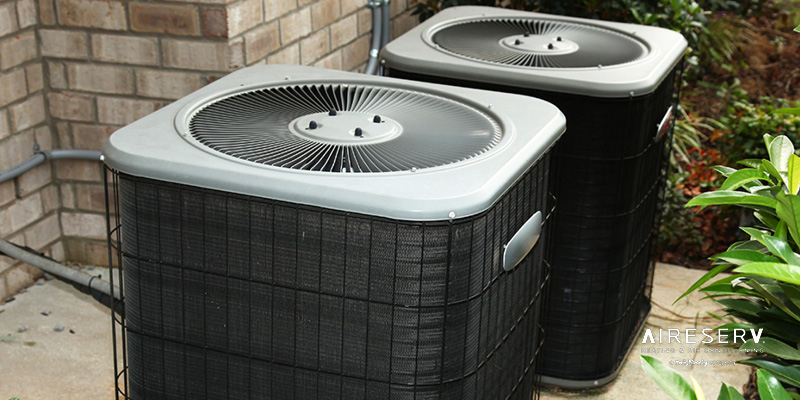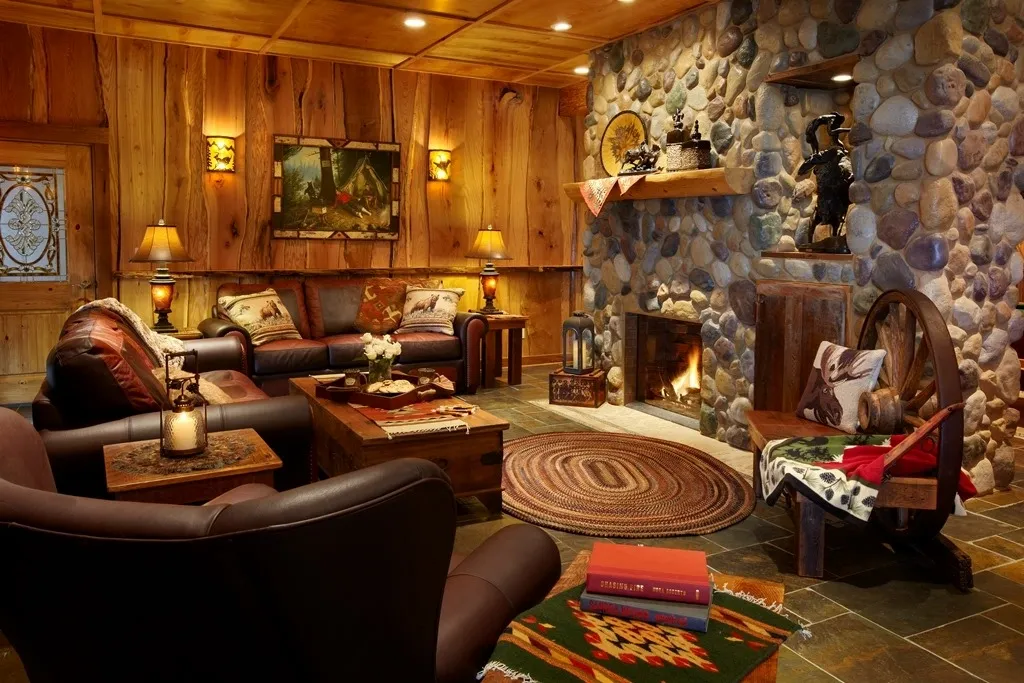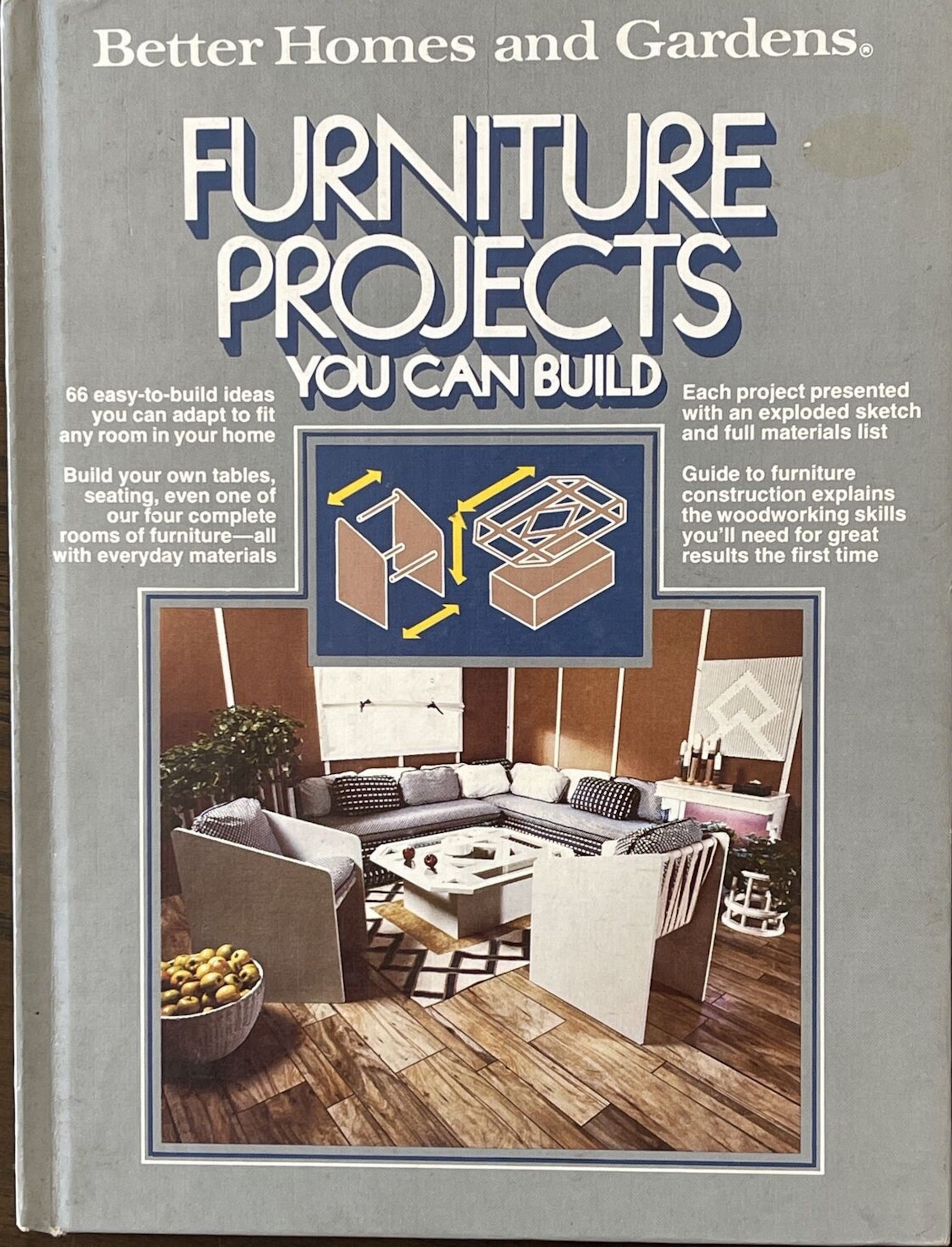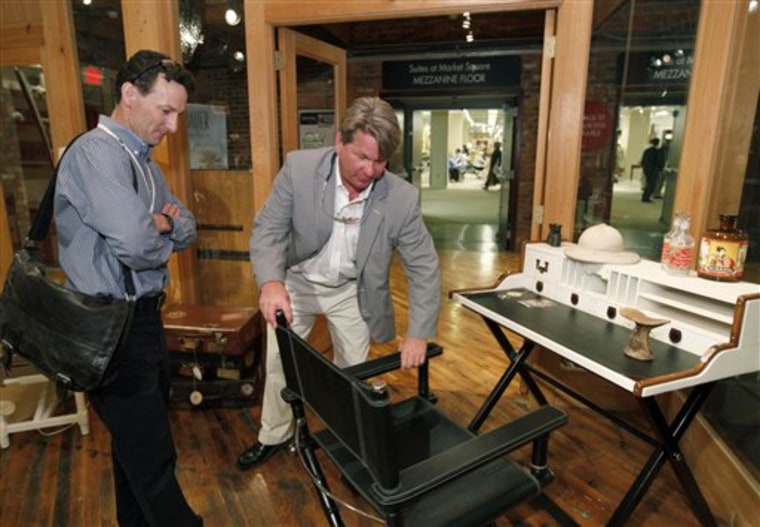Cost of Central Air Unit Budgeting for Home Comfort
Cost of Central Air Unit: Budgeting for Home Comfort Understanding the Investment When it comes…


Cost of Central Air Unit: Budgeting for Home Comfort
Understanding the Investment
When it comes to home comfort, few investments are as crucial as a central air unit. However, before diving into the purchase process, it’s essential to understand the costs involved. The cost of a central air unit encompasses various factors, including the unit itself, installation expenses, ongoing maintenance, and potential energy savings. By comprehensively understanding these aspects, homeowners can make informed decisions and budget effectively for their home cooling needs.
Initial Purchase Price
The initial purchase price of a central air unit varies depending on factors such as brand, size, efficiency rating, and additional features. While it may be tempting to opt for the cheapest option upfront, it’s essential to consider long-term savings and performance when evaluating different models. Investing in a higher-quality, more efficient unit may incur a higher upfront cost but can result in lower energy bills and fewer maintenance issues over time, ultimately providing better value for money.
Installation Costs
In addition to the cost of the unit itself, homeowners must budget for installation expenses. Installation costs can vary depending on factors such as the complexity of the installation, the size of the home, and any additional work required, such as ductwork modifications or electrical upgrades. It’s crucial to obtain quotes from reputable HVAC contractors and factor in installation costs when budgeting for a new central air unit to ensure a smooth and hassle-free installation process.
Ongoing Maintenance
Proper maintenance is essential for maximizing the lifespan and efficiency of a central air unit. While maintenance costs may not be significant compared to the initial purchase price, they should still be factored into the overall cost of ownership. Regular maintenance tasks may include cleaning or replacing air filters, inspecting and lubricating moving parts, and checking refrigerant levels. By investing in routine maintenance, homeowners can prevent costly repairs and ensure optimal performance from their central air unit for years to come.
Energy Efficiency and Savings
When evaluating the cost of a central air unit, it’s essential to consider its energy efficiency rating and potential savings on utility bills. While more energy-efficient units may have a higher upfront cost, they typically consume less energy, resulting in lower monthly utility bills over time. Homeowners can use tools such as the EnergyGuide label to compare the energy efficiency of different models and calculate potential savings based on their local utility rates and usage patterns.
Financial Incentives and Rebates
In some cases, homeowners may be eligible for financial incentives or rebates to offset the cost of purchasing and installing a central air unit. These incentives may be offered by federal, state, or local government agencies, utility companies, or manufacturers as incentives to promote energy efficiency and reduce greenhouse gas emissions. Before purchasing a central air unit, homeowners should research available incentives in their area and take advantage of any programs that can help offset the cost.
Considering Long-Term Value
While the cost of a central air unit is undoubtedly a significant consideration, it’s essential to think beyond upfront expenses and consider the long-term value and benefits that a quality unit can provide. A well-maintained and energy-efficient central air unit can enhance home comfort, improve indoor air quality, increase property value, and provide peace of mind for years to come. By prioritizing quality and performance, homeowners can make a sound investment in their home’s comfort and livability.
Investing Wisely for Comfort
In conclusion, the cost of a central air unit encompasses various factors, including the initial purchase price, installation costs, ongoing maintenance, and potential energy savings. By understanding these aspects and budgeting effectively, homeowners can make informed decisions and invest wisely in their home’s comfort and efficiency. With careful planning and consideration, a central air unit can provide reliable and cost-effective cooling solutions that enhance home comfort and quality of life for years to come.





